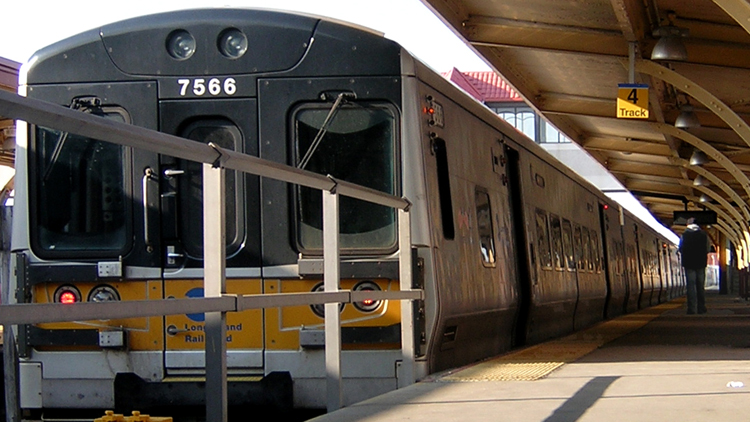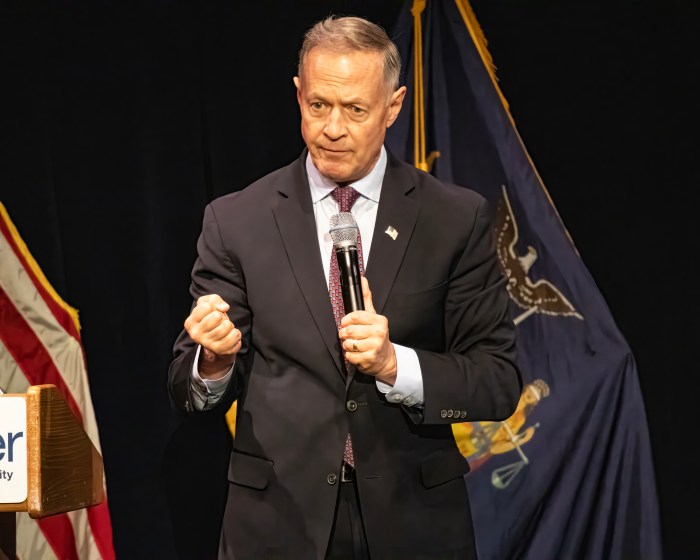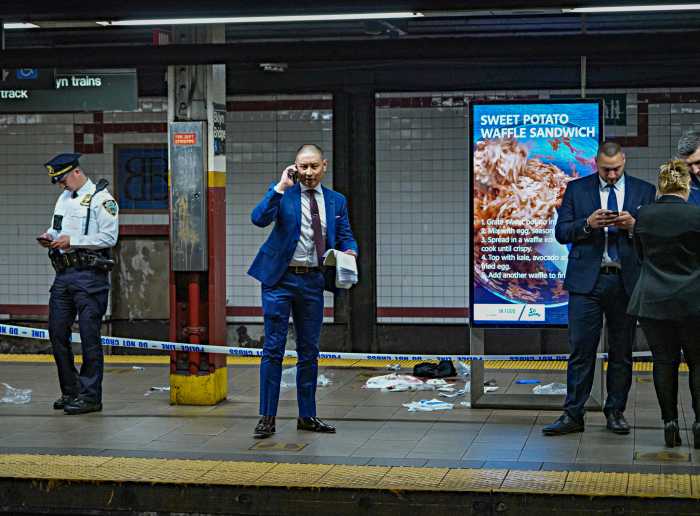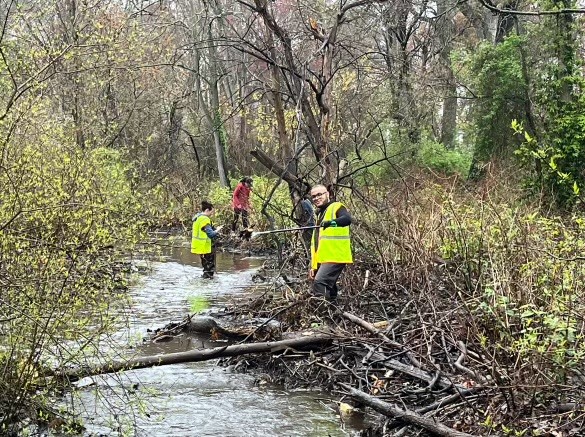Gov. Kathy Hochul may have postponed a fare hike until mid-2022, but the Metropolitan Transportation Authority still has to find new funding streams to make up billion-dollar deficits when federal Covid-19 relief dries up in four years, the agency’s financial guru warned Wednesday.
“We really still are structurally out of balance and we have to look at those hard ugly choices of things that may have to be done,” said MTA Chief Financial Officer Bob Foran at the agency’s monthly board meeting on Nov. 17.
Foran briefed the agency’s 21-member board on an updated financial plan for the mass transit agency, showing that $14.5 billion in pandemic support money from Washington will keep the MTA’s finances above water, along with 4% fare and toll hikes in 2022, 2023, and 2025.
But in 2025 the agency faces a $1.4 billion hole even with higher farebox revenues and federal funds, and Foran urged officials to find new sources of funding.
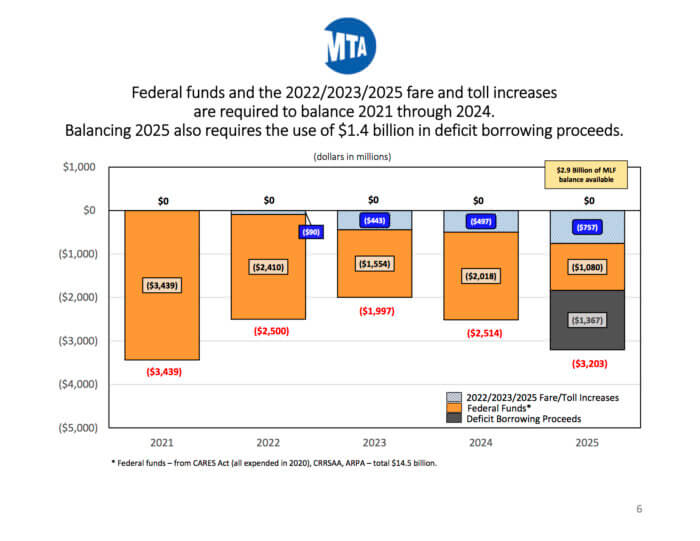
Hochul, who controls the MTA, on Monday postponed a fare increase for another six months and pledged that there wouldn’t be any cuts to service in the coming three years, in an effort to bring more riders back to public transit.
The fare shift will reduce revenues by $105 million, but also likely moves any increase in ticket prices past next year’s primary elections.
MTA acting chief Janno Lieber took issue when a reporter said the hike was politically motivated, and the transit leader argued it was a “business decision” to bring straphangers back.
“I think that’s unfair. We made a business decision and any business that’s in the middle of COVID, that’s lost half of its riders, that makes a decision that we’re not going to raise our price point, you wouldn’t criticize,” Lieber told the reporter during a press conference after the board meeting.
Foran previously said during a July presentation that the MTA should consider “right-sizing” service starting in 2023, which some board members said was just a euphemism for service cuts, but this month he said they should “align” or “adjust” timetables to post-pandemic ridership patterns.
“We have to make sure that we align our service to what the public needs,” he said. “We can adjust the service to what the public needs and wants and that’s what we gotta be careful to do.”
Without the federal funding, MTA would have been down more than $3.4 billion this year and between $2-3 billion every following year until 2025. The MTA must have a balanced budget by law.
A need for more steady revenue predates the COVID-19 outbreak back to 2017, but the health crisis “just blew us out of the water,” Foran said, telling transit officials to find a reliable stream of cash beyond the one-time injections from the feds.
“The federal funds are a godsend, but they’re a bridge to the future,” he said.
This future includes fare and toll hikes every two years and MTA will need to work with unions to find “efficiencies” in the workforce and tap lawmakers in Albany and City Hall for other money.
“We’ve got to come up with annually, recurring, sustainable revenues,” he said. “Folks if our expenses are growing greater than our revenue sources, it’s only going to get worse.”
This story first appeared on amNY.com.
Sign up for Long Island Press’ email newsletters here. Sign up for home delivery of Long Island Press here. Sign up for discounts by becoming a Long Island Press community partner here.




